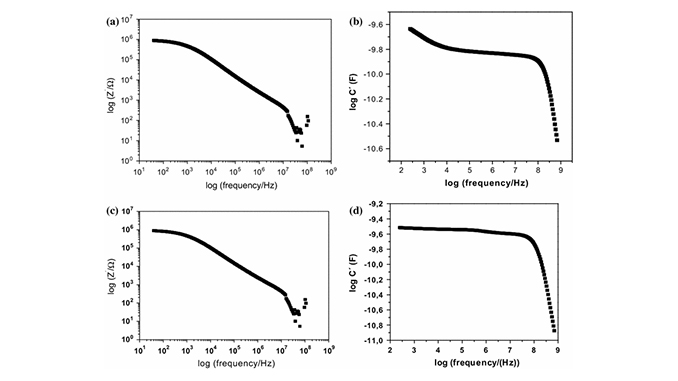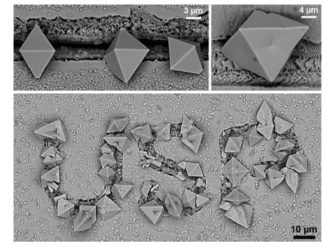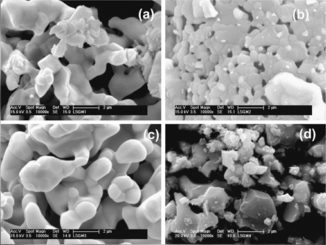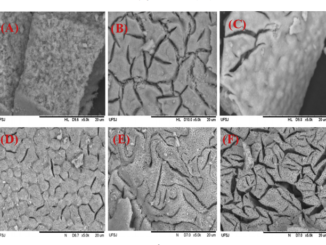
Writers: L. F. Goncalves; C. C. Silva; J. A. Cortés; M. A. Ramirez; A. Z. Simões
Keywords: films; Dielectric properties
Abstract: Bi3NbO7 (BNO) thin films were deposited on Pt/TiO2/SiO2/Si (100) and LaNiO3 bottom electrode substrates at room temperature from the polymeric precursor method. X-ray powder diffraction was used to investigate the formation characteristics and stability range of the tetragonal modification of a fluorite-type solid solution. The results showed that this tetragonal, commensurately modulated phase forms through the intermediate formation of the incommensurately modulated cubic fluorite phase followed by the incommensurate-commensurate transformation. LaNiO3 (LNO) bottom electrode strongly promotes the formation of high intensity (111) texture of BNO films. The dielectric constants of the films increased from 192 to 357 at 1 MHz with the bottom electrode while the leakage current behavior at room temperature of the films decreased from 10−7 to 10−8 A/cm2 at a voltage of 5 V. The reduction of dc leakage current is explained on the basis of relative phase stability and improved microstructure of the material. The capacitance density of 75 fC/µm2, dielectric loss of 0.04 % at 1 MHz, and breakdown strength of about 0.30 MV/cm is compatible with embedded decoupling capacitors applications.




